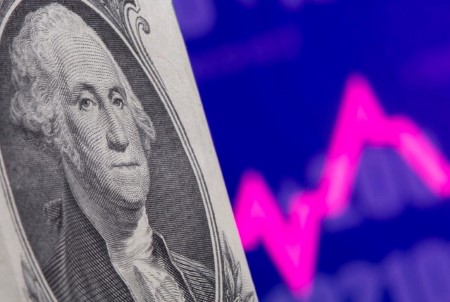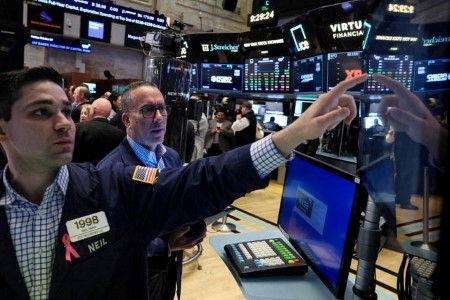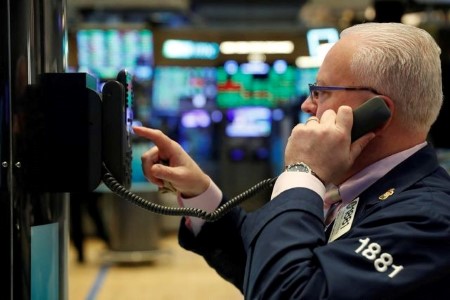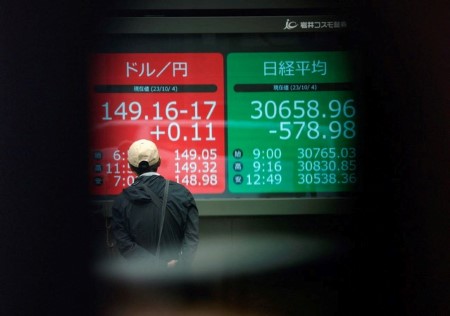BENGALURU, Nov 13 – Oil prices rose by more than 1% on Monday after OPEC’s monthly market report eased worries about waning demand and a US probe into suspected violations of Russian oil sanctions raised concerns about potential supply disruptions.
Brent crude futures rose by USD 1.09, or 1.3%, to settle at USD 82.52 a barrel, while US West Texas Intermediate (WTI) crude futures also gained USD 1.09, or 1.4%, to settle at USD 78.26 a barrel.
In a monthly report, OPEC said oil market fundamentals remained strong and blamed speculators for a drop in prices. OPEC made a slight increase to its 2023 forecast for global oil demand growth and stuck to its relatively high 2024 prediction.
“The OPEC monthly oil market report appeared to push back against demand concerns, referencing overblown negative sentiment around Chinese demand while raising demand growth forecasts for this year and leaving them unchanged for next,” Craig Erlam, senior market analyst at OANDA, said in a note.
Oil prices were also lifted by reports of the US Treasury Department cracking down on Russian oil exports, UBS analyst Giovanni Staunovo said.
Treasury sent notices to ship management companies for information on 100 vessels it suspects of violating Western sanctions on Russian oil, a source who has seen the documents told Reuters.
The US Energy Information Administration (EIA) said last week the country’s crude oil production this year will rise by slightly less than expected and demand will fall. On Monday, the EIA forecast US oil output would decline in December for the second consecutive month.
Weak economic data last week from No. 1 crude importer China fed fears of faltering demand. Chinese refiners asked for less supply for December from Saudi Arabia, the world’s largest exporter.
Still, oil prices may have found a bottom after they slid about 4% last week and recorded their first three-week declining streak since May, said Fawad Razaqzada, an analyst at City Index.
“Given that oil prices have weakened in the last few weeks, Saudi Arabia and Russia will likely continue with their voluntary supply cuts into next year. This should therefore limit the downside potential,” Razaqzada said.
Last week, top oil exporters Saudi Arabia and Russia, part of the group known as OPEC+, confirmed they would continue with additional voluntary oil output cuts until the end of the year as concerns over demand and economic growth continue to drag on crude markets.
The next OPEC+ meeting is scheduled for Nov. 26.
(Reporting by Shariq Khan, Paul Carsten, Yuka Obayashi and Colleen Howe; Editing by David Goodman, Susan Fenton, and David Gregorio)







 DOWNLOAD
DOWNLOAD











